-
Gardening without plastic – seedling pricking out
 Lee Burkhill: Award Winning Designer & BBC 1's Garden Rescue Presenters Official Blog
Lee Burkhill: Award Winning Designer & BBC 1's Garden Rescue Presenters Official Blog

It's been a pretty erratic few months weather-wise here in the UK. Going from a heatwave in April to then Storm Hannah battering gardens. Not exactly ideal for tender plants and pricking out seedlings. However, by growing in a greenhouse and gardening without plastic I have at least managed to avoid any casualties so far! Plenty of other gardeners across the UK suffered losses in polytunnels and raised bed seedlings.
My seed trays have been fit to bursting as suddenly the rate of germination has increased and those who had already popped their heads above put on rapid growth. With all seedlings now in some state of germination the race is on the pot them on and record the results of the Gardening Without Plastic challenge.
Now although I've grown some easy quick crops such as Basil and the stalwart of GYO, Tomatoes, I've also chosen some relatively difficult plant species to grow. You may wonder why I've done this and the reason is two-fold. Firstly, if I can demonstrate even tricky germination without plastic then I know the system works effectively even with easier to germinate plants. Secondly, I'm growing all of the herbaceous specimens for the Exploding Atom Gardens Hot Border. So the trial was a great way to test out recyclable alternatives and also stock my own garden at a fraction of the cost of buying container-grown plants.
The biggest drawback or consideration in gardening without plastic is the amount of watering I've found myself needing to do. With plastic plant pots and containers, you can use cling film or plastic lids to keep moisture in and raise humidity. You can also stand them in plastic trays to keep the moisture levels higher than without. I've searched high and low for alternatives but with the exception of sheets of glass which are expensive and heavy, there's no easy alternative.
Secondly, the porous nature of many of the plastic-free pots such as cardboard or wood means that they are highly breathable. Great for plant root development but it does mean that water transpires far quicker. All resulting in more watering. This, in turn, can lead to pots breaking down faster as well. Some of the cardboard pots, especially egg boxes have become flimsy.
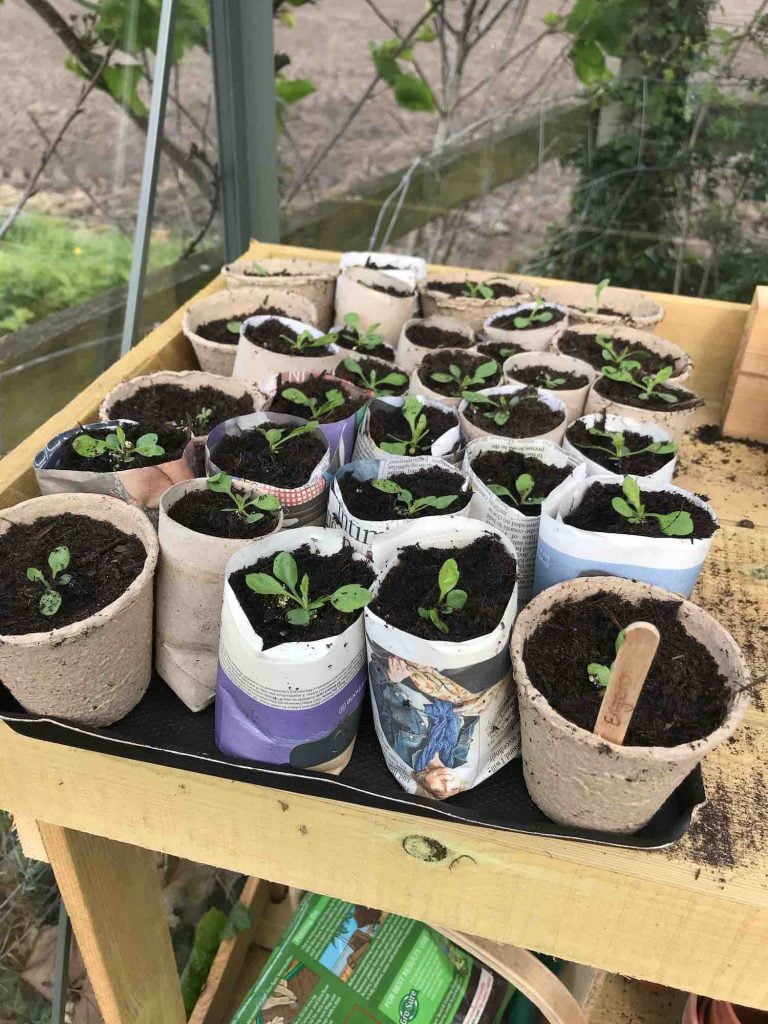
This is why I've used old oven trays to sit the pots on. Then I can move the trays without having to disturb the pots. I also find they make excellent reservoirs for bottom watering certain plants.
Did you know that you can take my course and learn how to become a Garden Ninja yourself? Click here for details
The next issue I've faced, especially given the high transpiration rate (loss of water) is keeping the seedlings humidity high. Humidity is an essential part of any germination, where the temperature and moisture levels are higher, as this allows the plant to draw water up quickly and lose water far less is the humidity is at the right level. Too low and the plant loses water to fast and too high and the plant can struggle to move water around itself efficiently. Humidity is a complex subject in horticulture. Without plastic covers or propagation lids, it can be tricky when gardening without plastic.
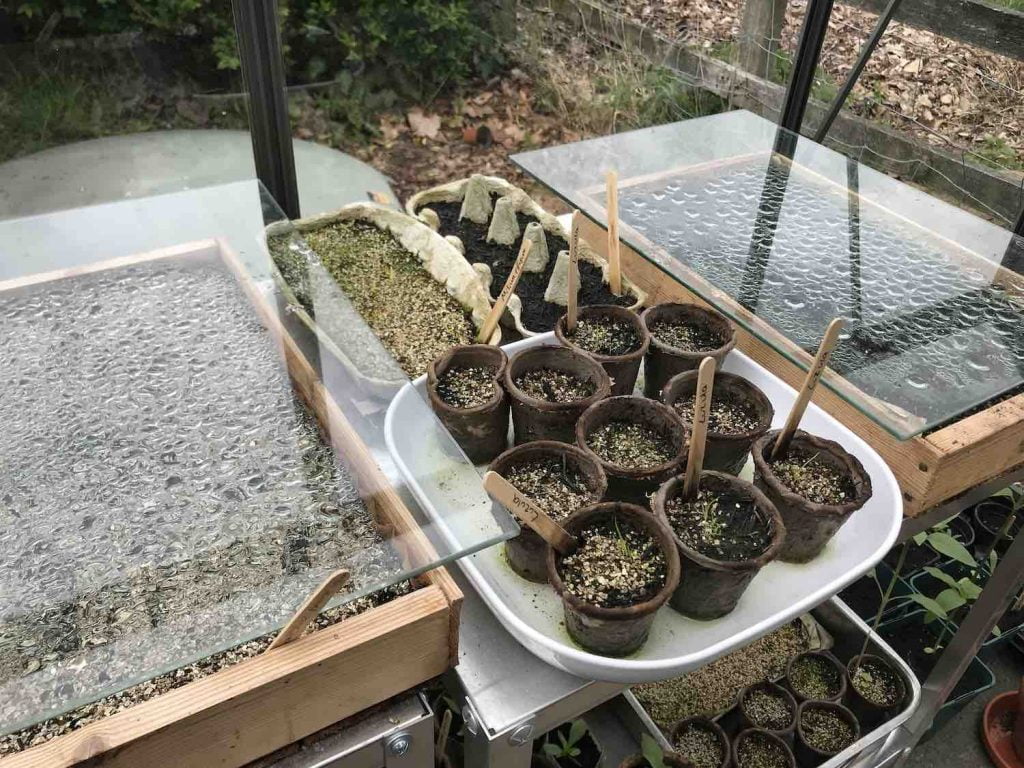
In my sample of seeds, I used two sheets of glass which fitted over the wooden seed trays. I moved them about until seedlings had germinated and then moved them on. Whilst probably not the simplest of methods it did allow even the trickiest seedlings to germinate, like the Heleniums.
If you don't have glass sheets you can use a mist spray to raise the humidity temporarily. Alternatively, you can place a bucket of water in your greenhouse which will evaporate to raise the humidity. In my plastic-free pots, I've ensured that I've kept them well watered with room temperature water. I've had to water the sometimes three times a day during a heatwave to keep the humidity high and stop the pots drying out. So it is a real consideration in high temperatures.
All plants, with the exception of Anchusa, were started on the 6th of March 2019. The germination rates have been slightly slower than expected in some cases by just a few days other times by a few weeks. There's a variety of actors required for germination so this is not necessarily down to the plastic-free containers. Seed viability, watering schedules, humidity and growing material all play parts. It could just be down to the erratic recent weather.
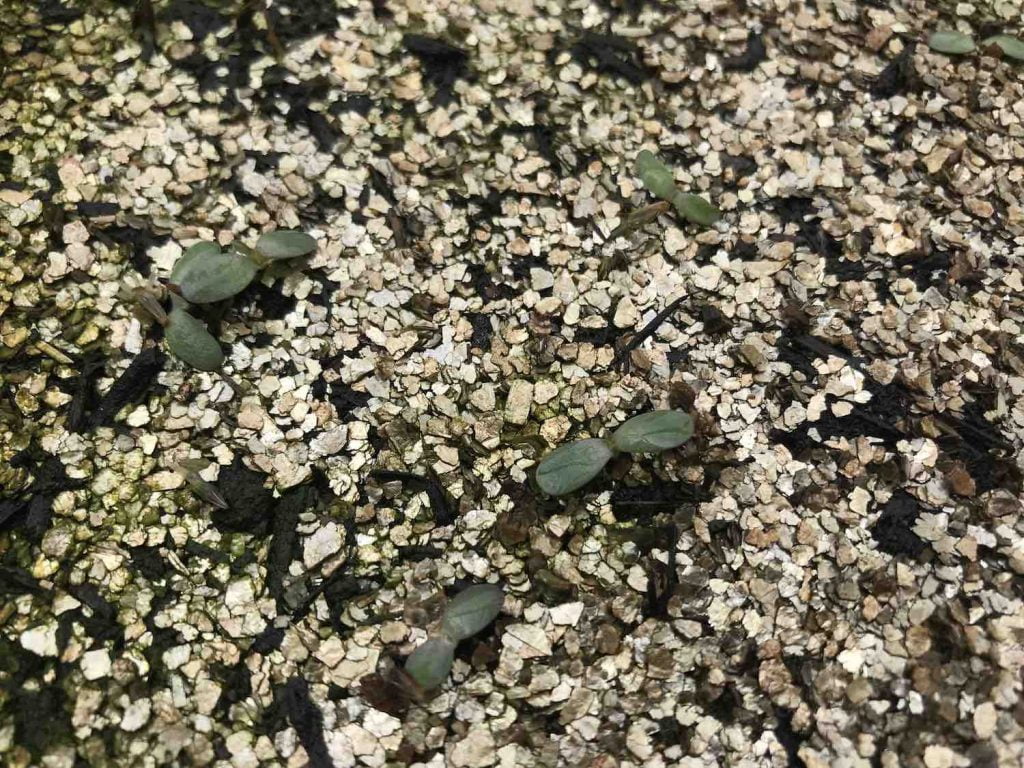
I've been really pleased to report that all of the seedlings have managed to avoid damping off and mildew. This is a common cause of seedling failure when humidity is high and airborne diseases can cause havoc with your seedlings. I think due to the high breathability of the seed trays and pots alongside with more careful watering have reduced the issue of plant disease.
I think this is the real benefit of plastic-free gardening that the materials used allow for better airflow and plant health. Whilst it would save you time to use plastic plant pots to reduce watering, you're then left with the higher risk factor of disease from such conditions. It's really a trade-off of risk vs reward!
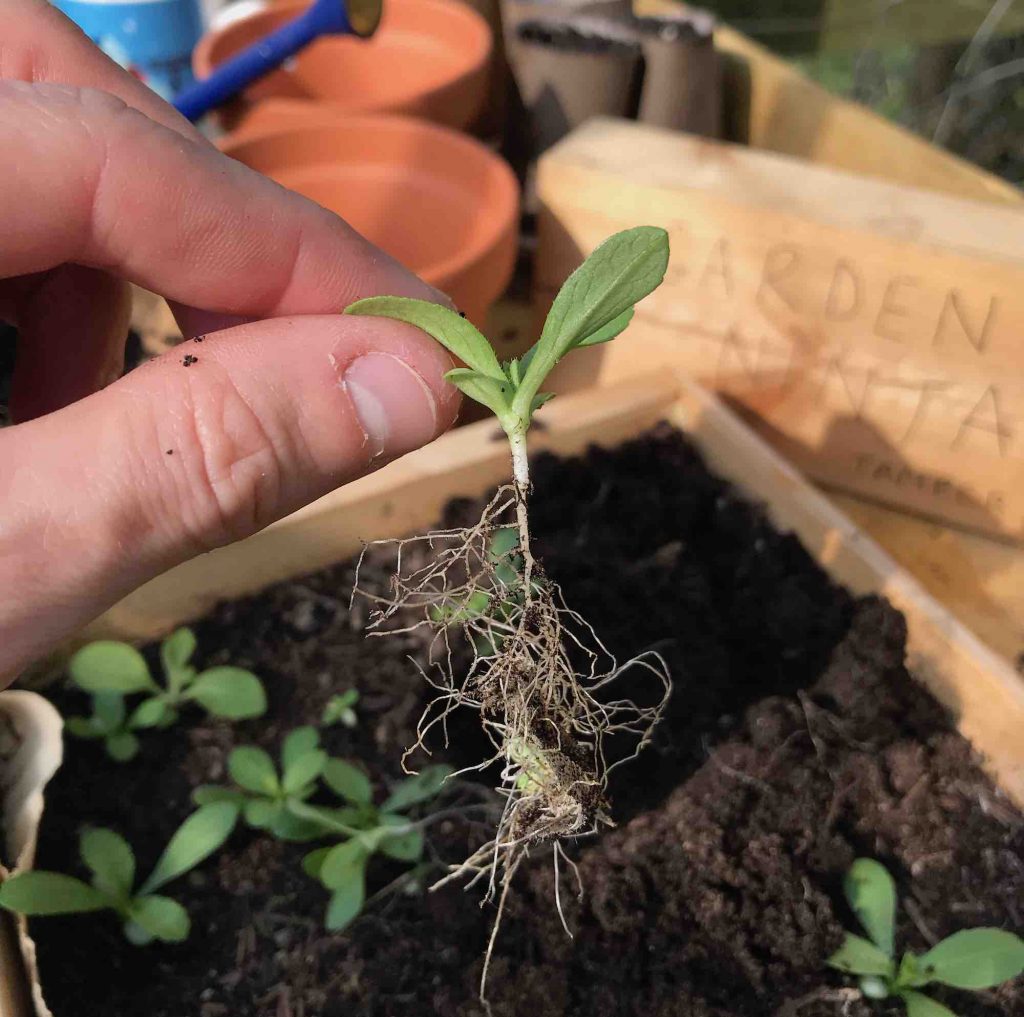
Those plants that have grown sufficiently enough, such as the Scabious, Erigeron and Gaura have all been pricked out and potted on. I've used a mix of Newspaper pots (super cheap and cheerful), recycled cardboard pots, loo rolls, Cow Poo Pots and Coir pots for each species. This will then allow them to put on more growth without restriction as the seed trays are only meant to allow the seeds to germinate. The seedlings now require more nutrition and space to grow so I'm using multi-purpose compost from Dalefoot.
If you want to know more about pricking out seedlings please watch the guide below or check out my more detailed blog post here.
So it's been a really positive instalment here with the Gardening without plastic challenge. The plants are healthy and happy. I'm happy to report that there's been no illness, mildew or damping off present which is all too familiar with plastic. I'll be able to report back on the benefits and drawbacks of each of the pots used for potting on in the next instalment!
I'd love to hear from you on your grow your own journey! Why not get in touch on Social media? You can Tweet, Facebook or Instagram me. You can also check out the other guides and vlogs on my Youtube channel.
Happy Gardening!



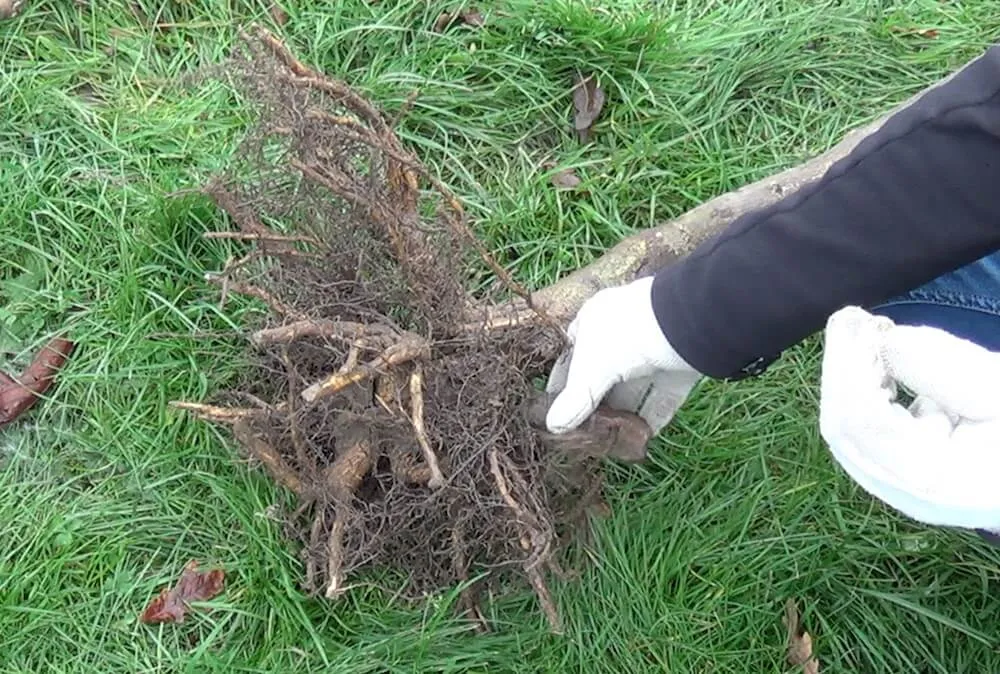
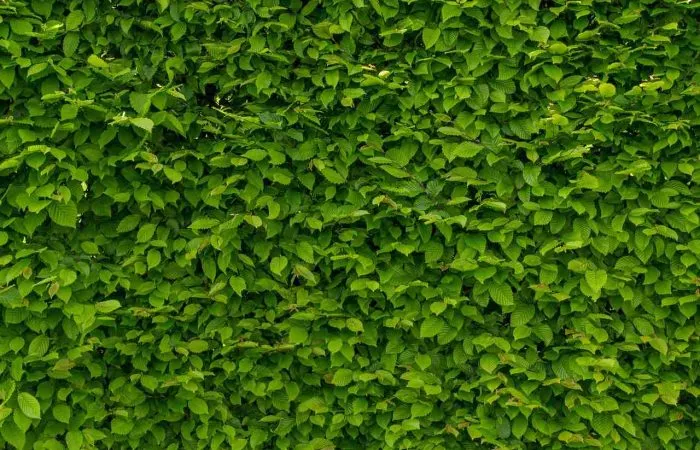
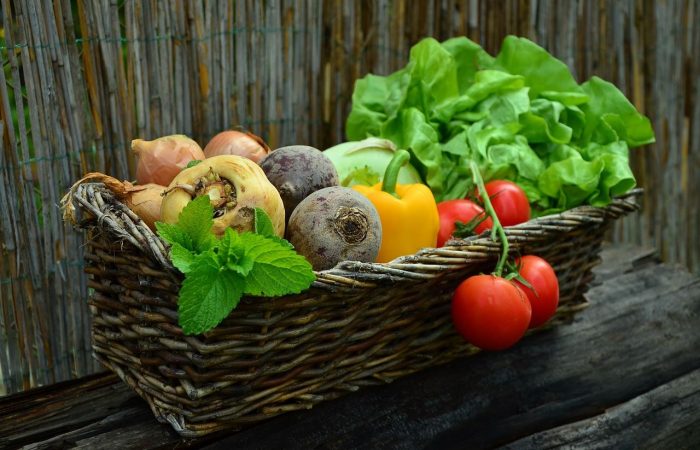
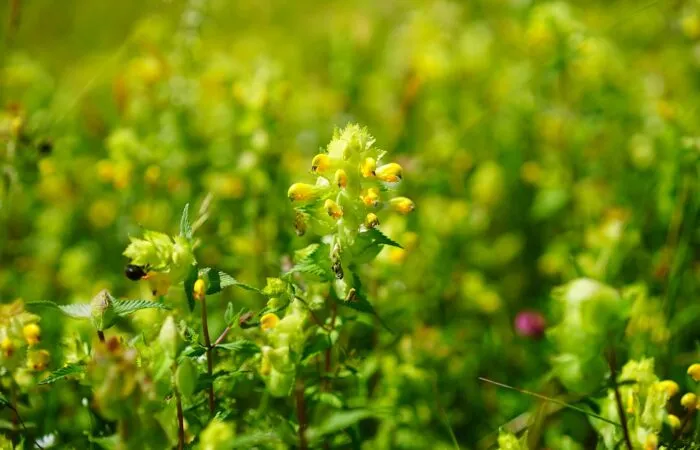
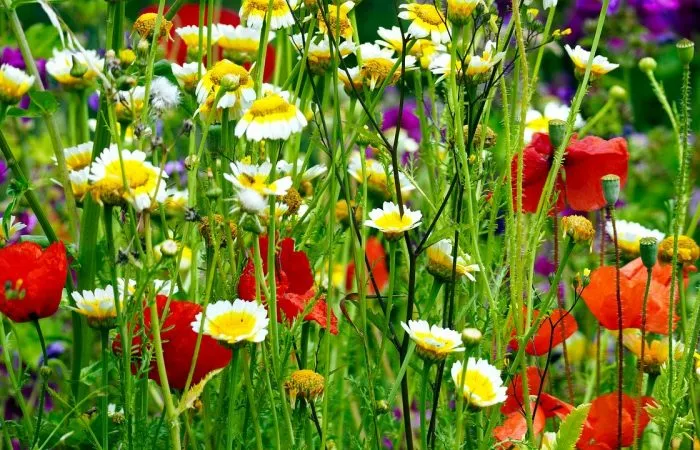
JOIN THE NINJAS

Be the first in line for new Guides, Discount codes and Offers